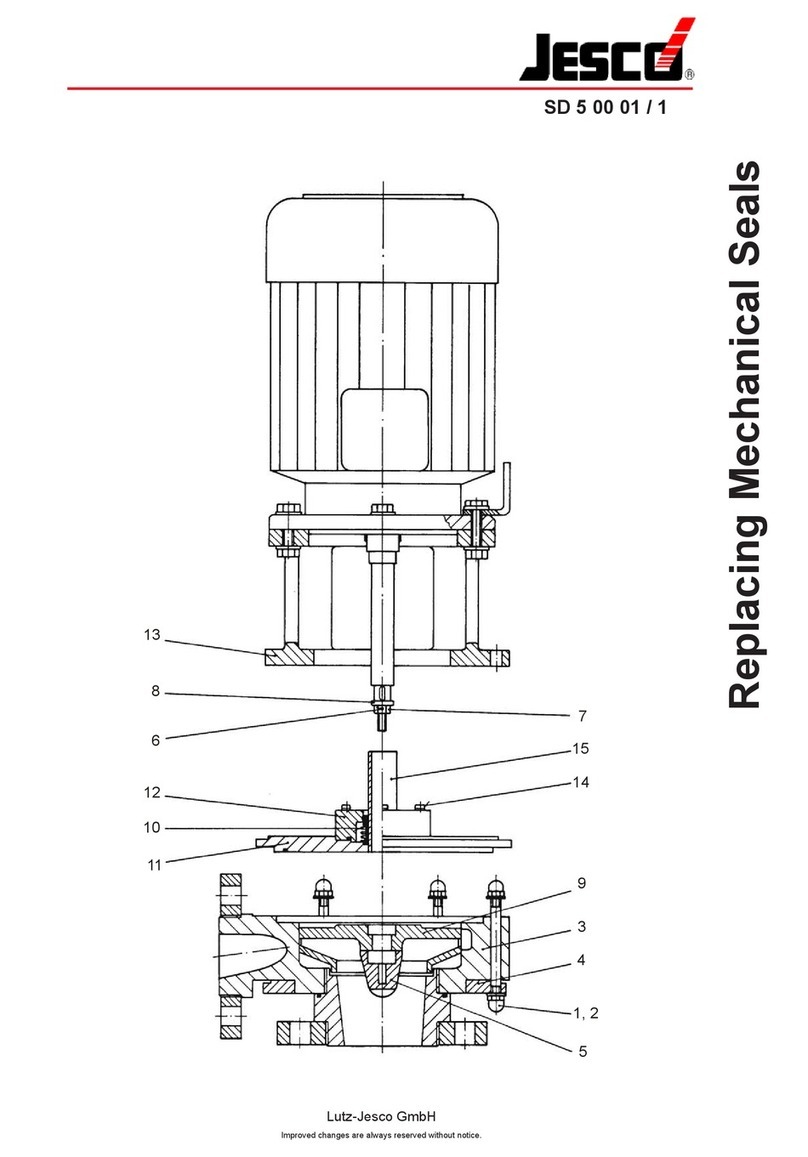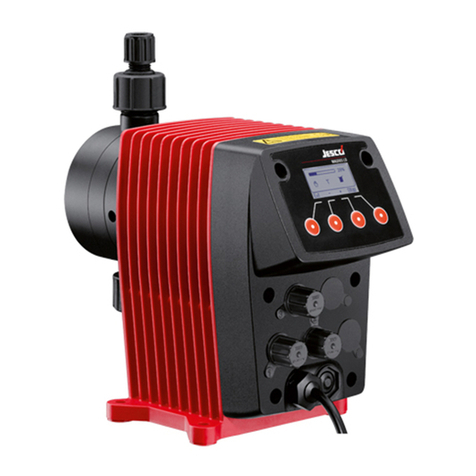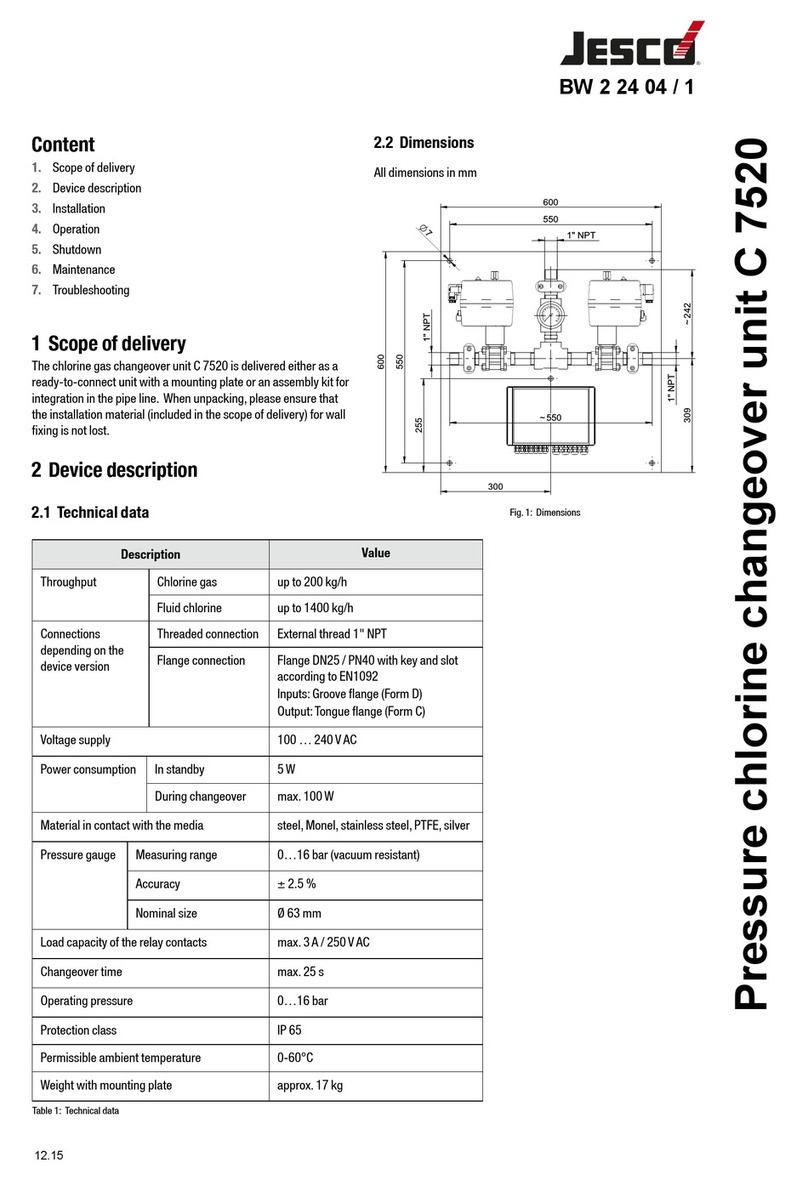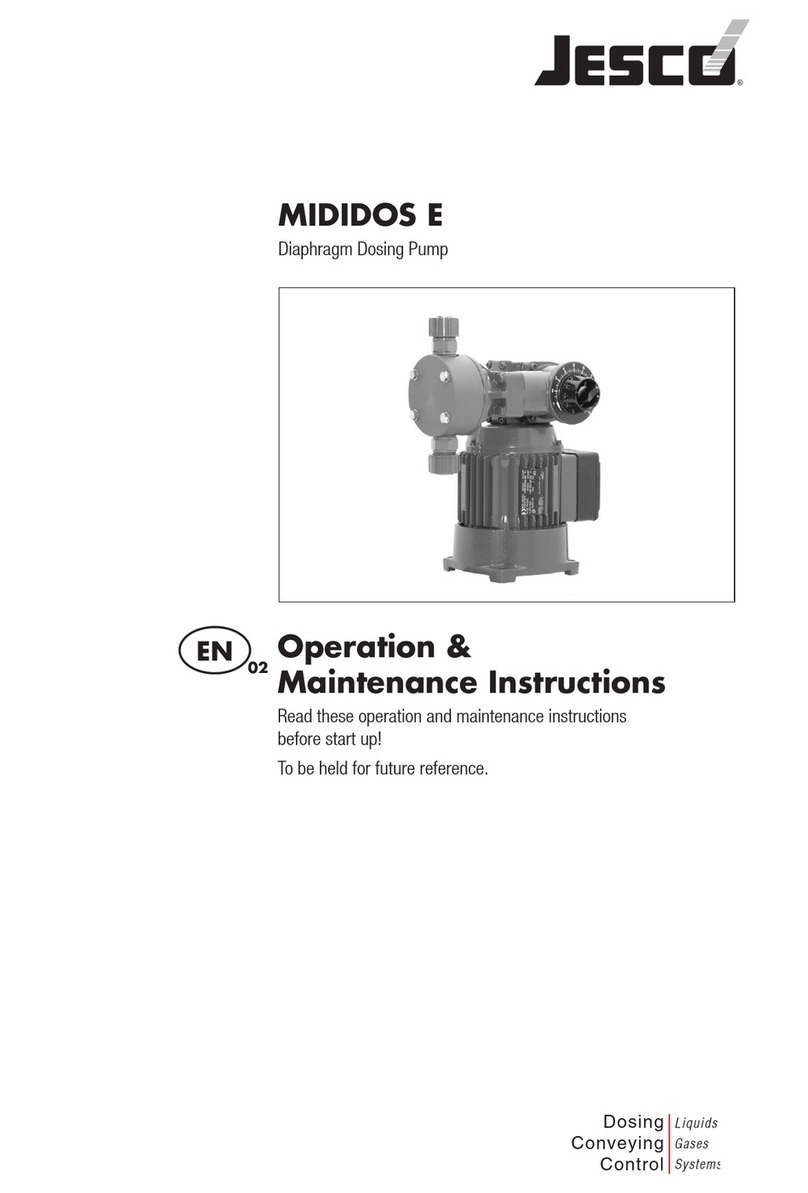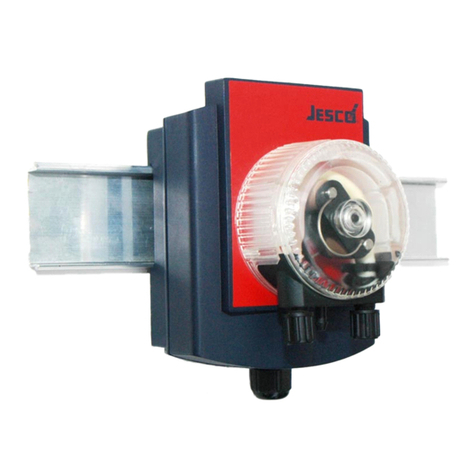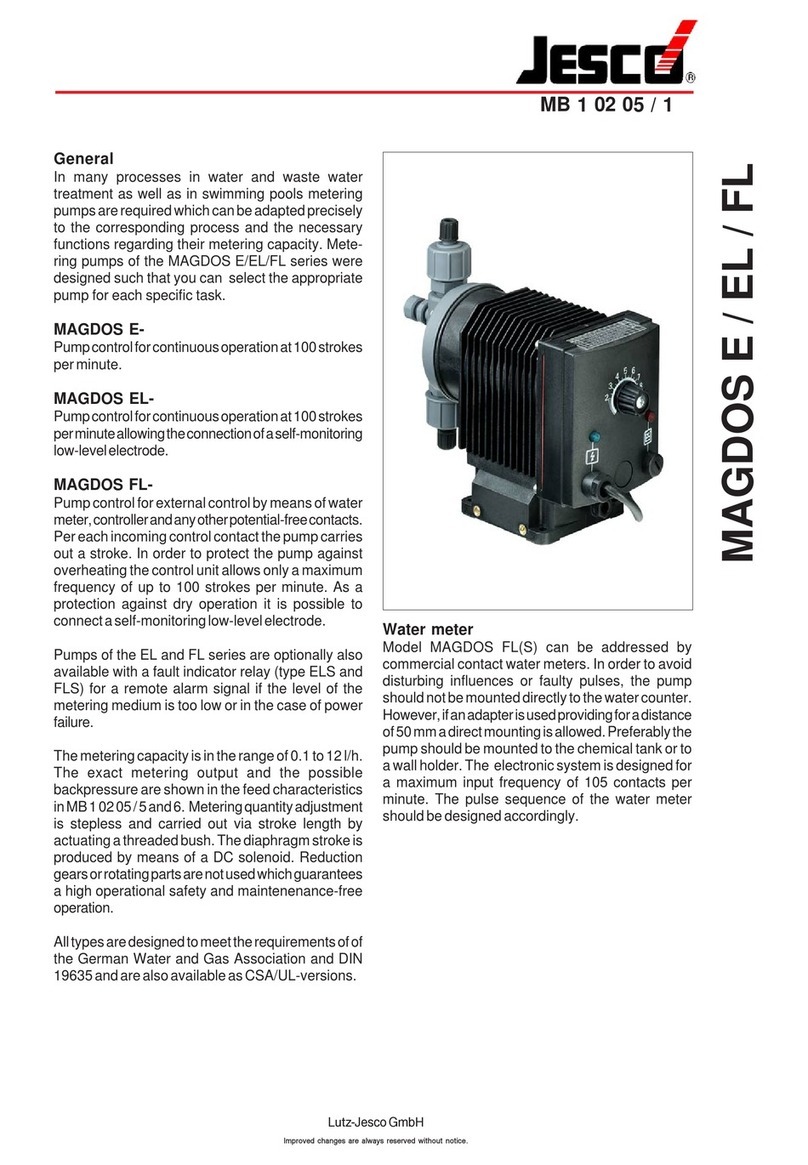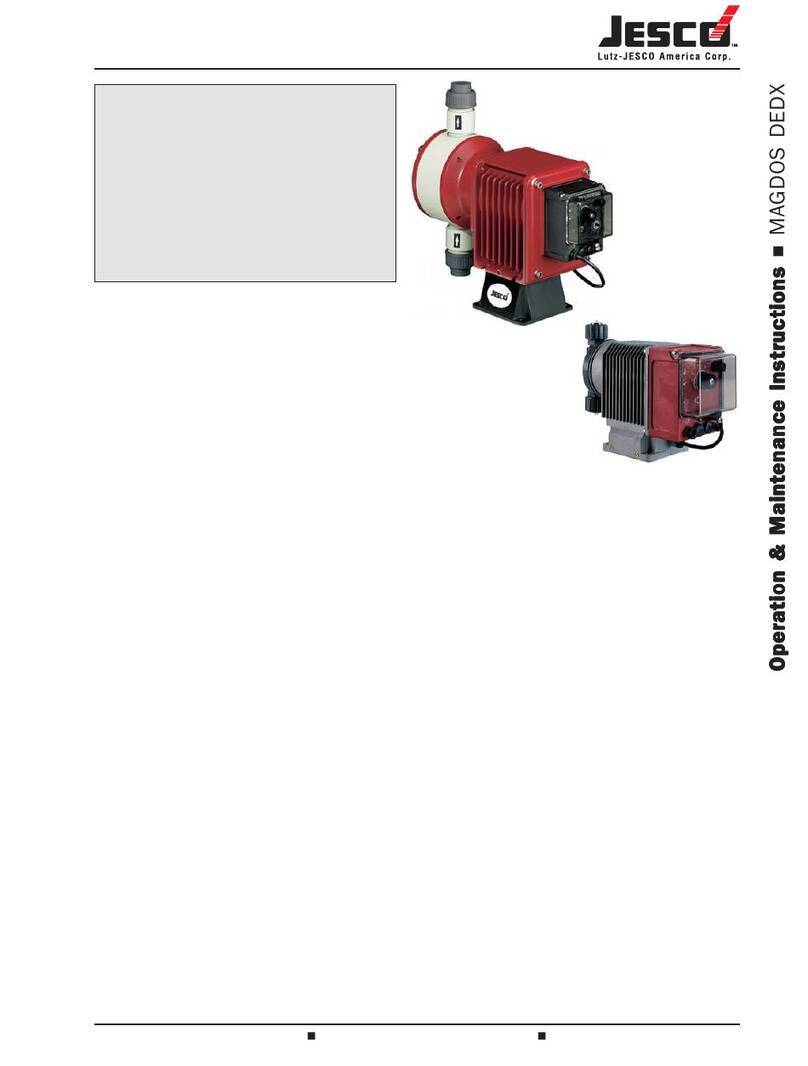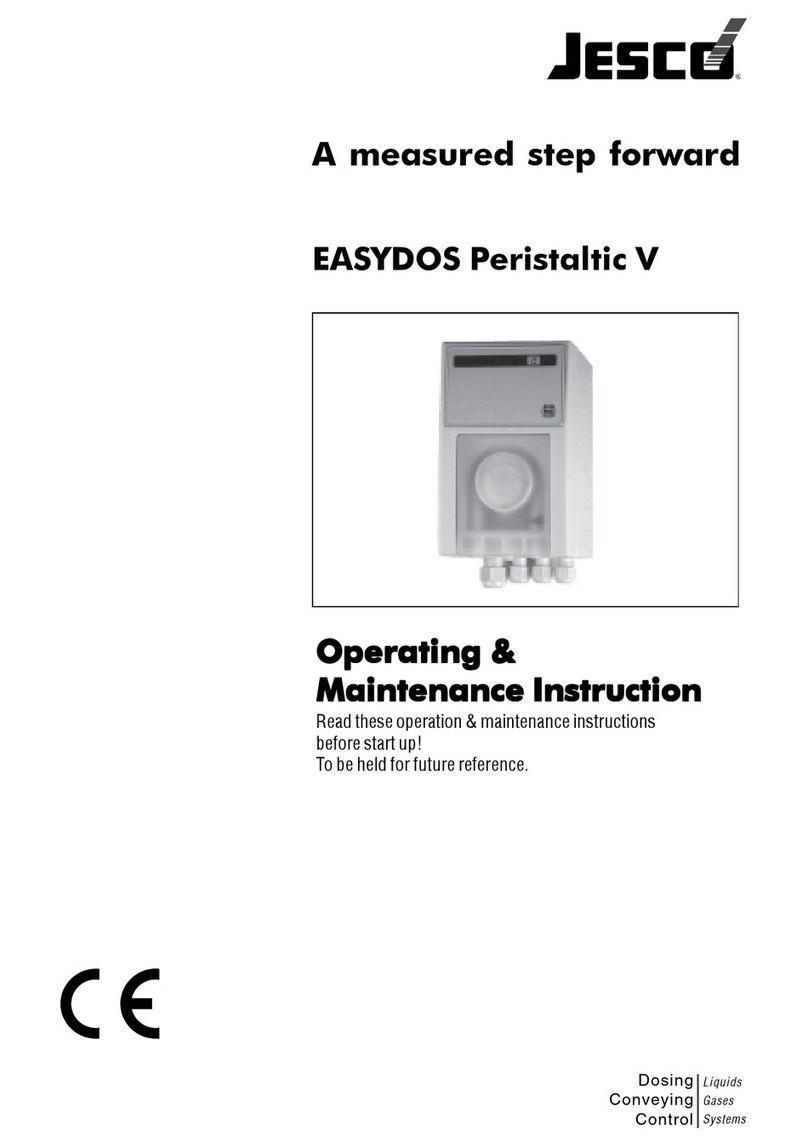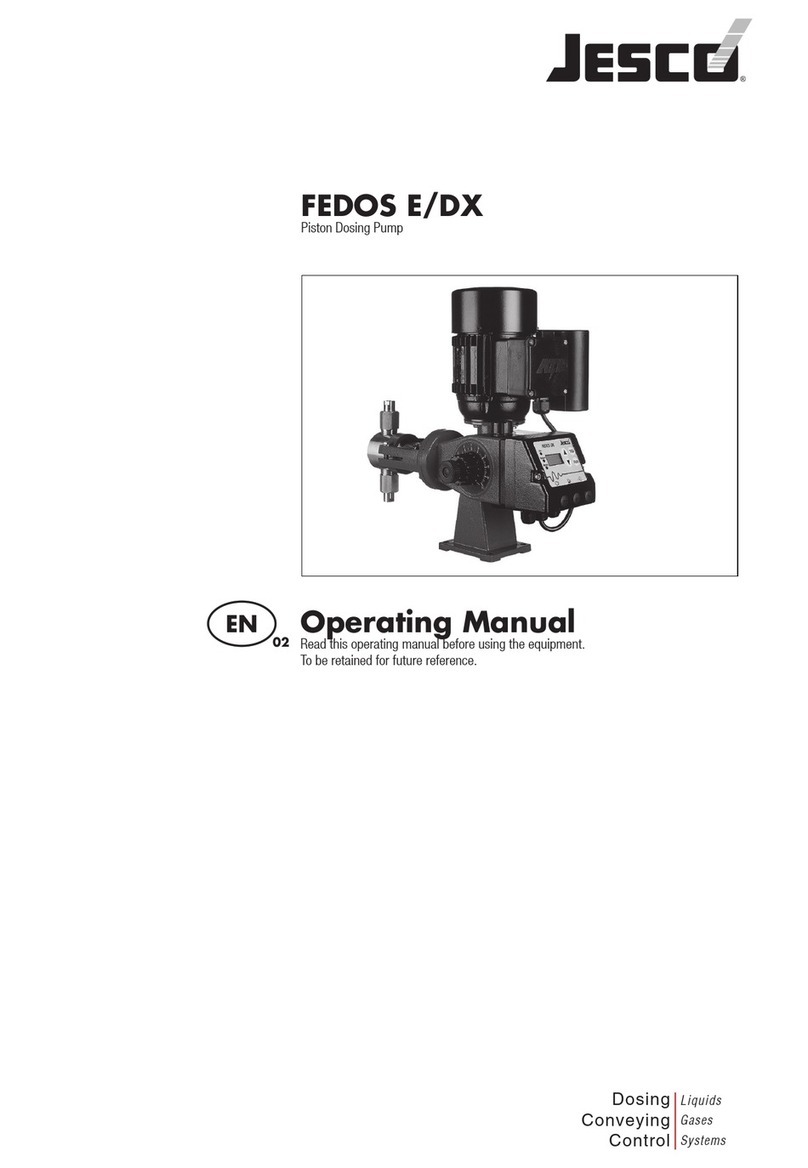3
Content
1. Safety......................................................................................................................................................................................................4
1.1 General..................................................................................................................................................................................................4
1.2 Kennzeichnung von Hinweisen in der Betriebsanleitung.........................................................................................................................4
1.3 Qualification and training of personnel...................................................................................................................................................5
1.4 Important safety instructions..................................................................................................................................................................5
1.5 Hazards due to non-compliance with safety instructions........................................................................................................................5
1.6 Safe operation .......................................................................................................................................................................................6
1.7 Safety instructions for the owner/operator .............................................................................................................................................6
1.8 Safety instructions for inspection-, maintenance-, and installation work.................................................................................................6
1.9 Unauthorized modifications and production of spare parts .....................................................................................................................6
1.10 Impermissible modes of operation .......................................................................................................................................................6
1.11 Dosierung von Chemikalien..................................................................................................................................................................7
1.12 Scope of delivery .................................................................................................................................................................................8
2. General....................................................................................................................................................................................................9
3. Function...................................................................................................................................................................................................9
4. Technical data........................................................................................................................................................................................10
5. Mechanical handling capacity performance curves ................................................................................................................................10
6. Measurement drawing...........................................................................................................................................................................12
7. Installation.............................................................................................................................................................................................13
7.1 General information .............................................................................................................................................................................13
7.2 Installation location..............................................................................................................................................................................13
7.3 Drainage discharge..............................................................................................................................................................................14
7.4 Pressure sustaining and safety valves..................................................................................................................................................14
7.5 Injection nozzles ..................................................................................................................................................................................15
7.6 Electrical connection............................................................................................................................................................................15
7.7 Installation example............................................................................................................................................................................17
8. Stroke length setting..............................................................................................................................................................................17
9. Start up.................................................................................................................................................................................................18
10. Shutdown ............................................................................................................................................................................................19
11. Maintenance........................................................................................................................................................................................19
11.1 Lubricants .........................................................................................................................................................................................19
11.2 Maintenance of storage .....................................................................................................................................................................19
11.3 Replacing the diaphragm...................................................................................................................................................................20
11.4 Valves................................................................................................................................................................................................22
12. Spare parts list MIDIDOS E 24...72.......................................................................................................................................................26
12. Spare parts list MIDIDOS E 120............................................................................................................................................................28
13. Troubleshooting ...................................................................................................................................................................................30
14. Declaration of conformity.....................................................................................................................................................................32
15. Declaration of harmlessness................................................................................................................................................................33
16. Warranty..............................................................................................................................................................................................34






